In cooking, it would seem that the difference between a professional and an amateur does not matter as much as in many other areas of human activity. For example, you are unlikely to trust an ordinary fan of flight simulators at the controls of an aircraft during your flight, and you definitely don’t want to go for a medical consultation with a dude who has reviewed all the seasons of House M.D.
More info:Reddit
This post may includeaffiliate links.
Acid. If you feel like something needs salt, but when you salt it, it still needs something, it’s usually missing acid.
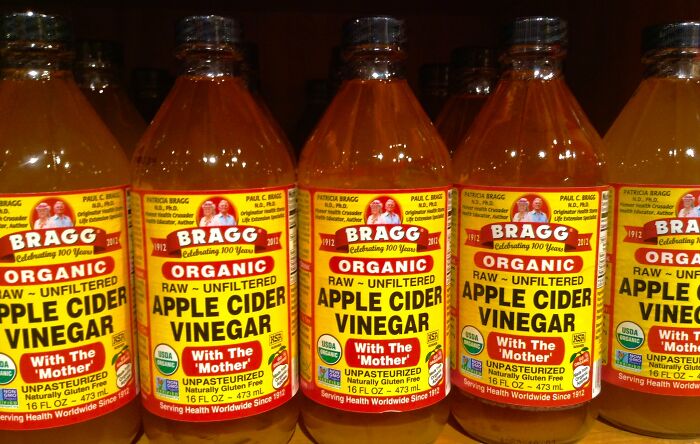
Butter (specifically quantity)
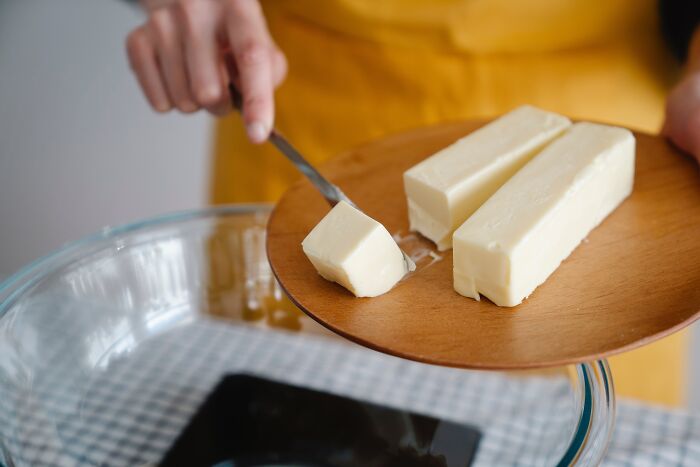
Smoked paprika. Great taste and adds a lot of depth to the flavor of rubs and stews.
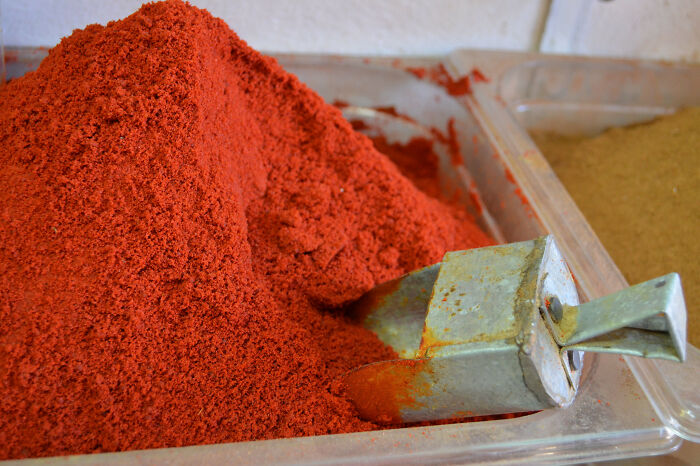
Of course, cooking definitely doesn’t belong to those areas of activity where the slightest mistake can lead to critical consequences (no, we are not talking about, let’s just say, cooking fugu fish in Japanese cuisine!). For example, mac ‘n’ cheese from an experienced chef and an absolute beginner will, most likely, differ in taste, consistency… and that’s all? But still, there are many secrets, big and small, that distinguish pros from amateurs.
White pepper, it adds this lovely flavor that enhances any savory dish, and can be found at any grocery store. You can also get white pepper mixed with MSG at any Asian supermarket just about, it’s really good in potato dishes!

Fresh herbs
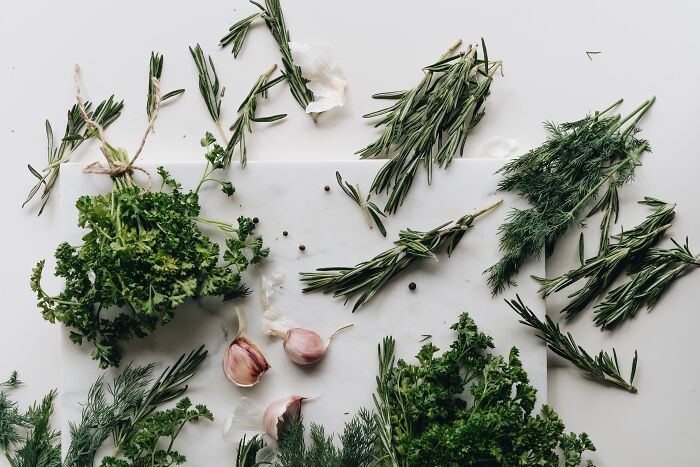
Coffee in chocolate cakes

“In fact, it seems to me that the main difference between a professional chef and the home cook is not so much in any specific skills or the use of special products, but in knowledge,” says Roman Sardarian,a chef from Odessa, Ukraine, whomBored Pandaasked for a comment here. “Knowledge of the products, the dosage and the effects they cause."“Let’s take, for example, such a well-known thing as monosodium glutamate, which causes that very ‘umami’ - the taste that Asian cuisines distinguish into a special, fifth taste. Many people say that this is just ‘chemistry’ - although, for example, monosodium glutamate can be found in nature - for example, in a cherry tomato. And the main thing here is the correct dosage, because if you add too much of it, you will not end up with a damn tasty dish, but food with the ‘unique’ taste of a bouillon cube.”
“In fact, it seems to me that the main difference between a professional chef and the home cook is not so much in any specific skills or the use of special products, but in knowledge,” says Roman Sardarian,a chef from Odessa, Ukraine, whomBored Pandaasked for a comment here. “Knowledge of the products, the dosage and the effects they cause.”
“Let’s take, for example, such a well-known thing as monosodium glutamate, which causes that very ‘umami’ - the taste that Asian cuisines distinguish into a special, fifth taste. Many people say that this is just ‘chemistry’ - although, for example, monosodium glutamate can be found in nature - for example, in a cherry tomato. And the main thing here is the correct dosage, because if you add too much of it, you will not end up with a damn tasty dish, but food with the ‘unique’ taste of a bouillon cube."
Professional chef here: Time and timing.My partner absolutely loves cooking, but is super impatient. Often, they’ll try to remake a recipe that I’ve already cooked for them, but they dump everything into the pan, either at the same time or too early. They’re very confused about why their food doesn’t turn out like mine.

Shallots
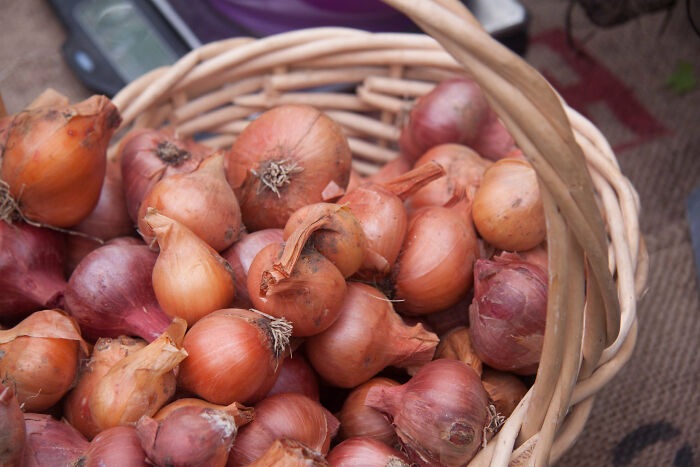
Not an ingredient. But taste your food as you go. I watch people cook and they never taste. Taste as you go. Adjust seasoning.. then when it’s done you won’t have a surprise disaster or under seasoned mess.

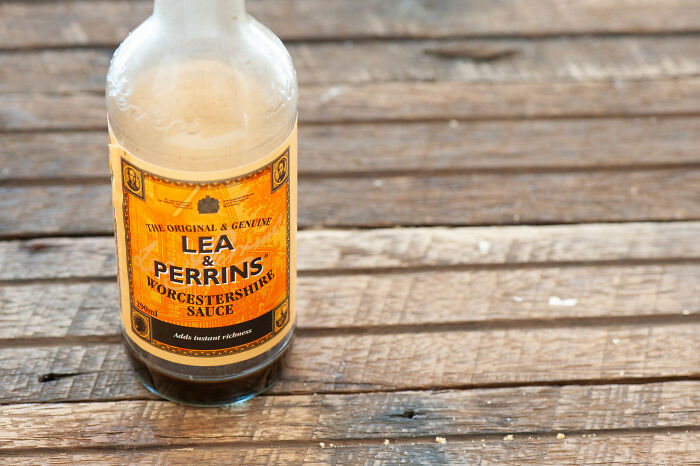
Thyme

Squeeze bottles of commonly used liquids. My dad was a professional chef and had a few squeeze bottles - high smoke point oil, olive oil, water, vinegar - always ready at home. Makes it a lot easier when you need to add a quick splash of oil or something to deglaze a panedit: also, OXO squeeze bottles rock. I have another brand that were about the same price as OXO and they feel so cheap
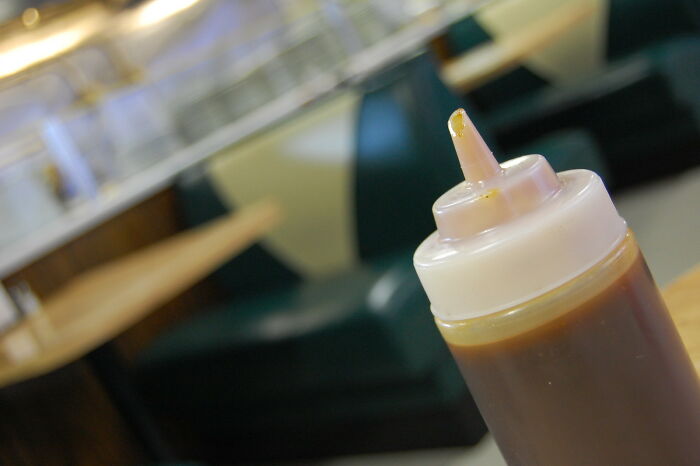
Homemade stock
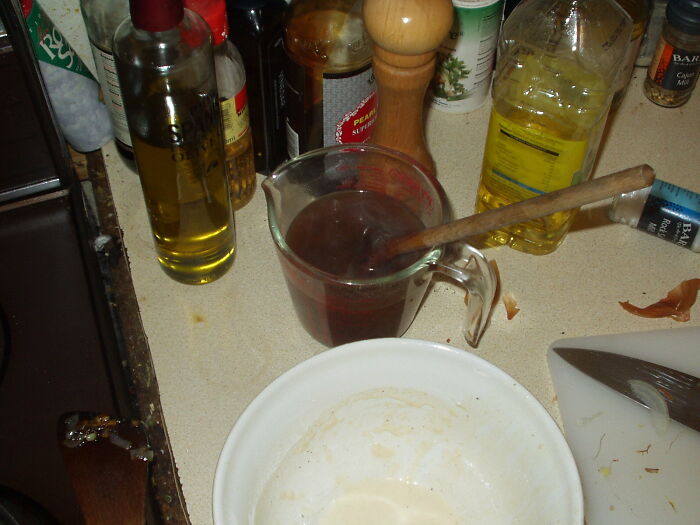
So as a sous chef, I work very closely with my head chef, and take note of just about everything he does.So here’s some things that may seem like a “no duh” but you’d be surprised how under utilized it is.Butter and heavy cream. Salt. Acids, like lemon, lime, vinegars etc. Fresh ingredients. Mustard, specifically brown mustards. Eggs. Onions, shallots. Peppers of all forms.Most of those sauces you like at restaurants? Probably have mustard or some other s**t you wouldn’t expect, eggs and some form of cream. Lots of salt.It’s not necessarily that any of those ingredients are uncommon or even under utilized, it’s that they’re not used to make a whole flavor profile.Getting a truly spectacular flavor for something isn’t necessarily exotic ingredients, it’s about balancing ingredients to hit flavor profiles that are well rounded.If anything, I’d say that what is really lacking in most home cooks arsenal is technique. Technique far out paces any kind of ingredient you could use.It’s honestly 70% technique, 25% ingredients and 5% patience. At least in my opinion.
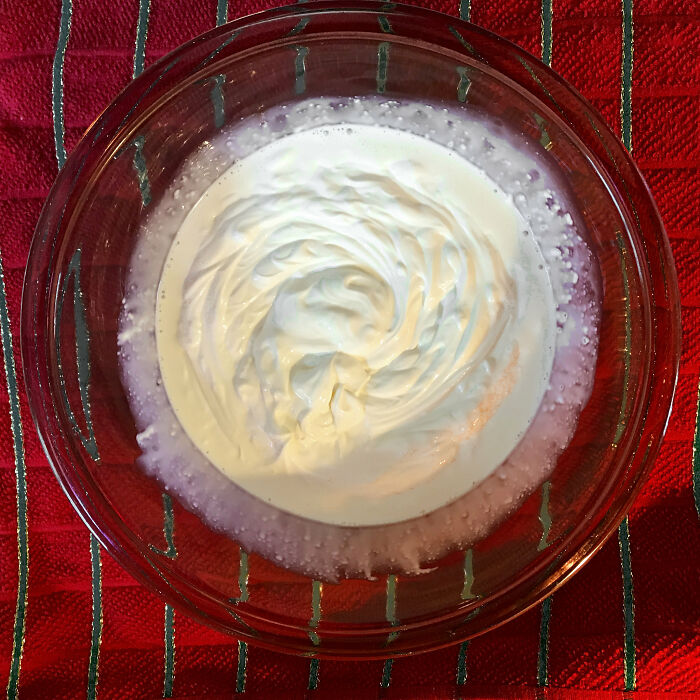
Meat thermometer. Quit overcooking the proteins. This is the difference between juicy or rubber chicken.
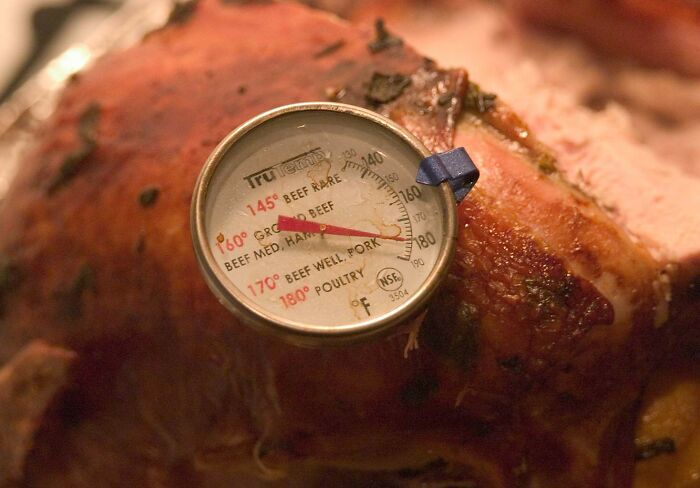
MSG
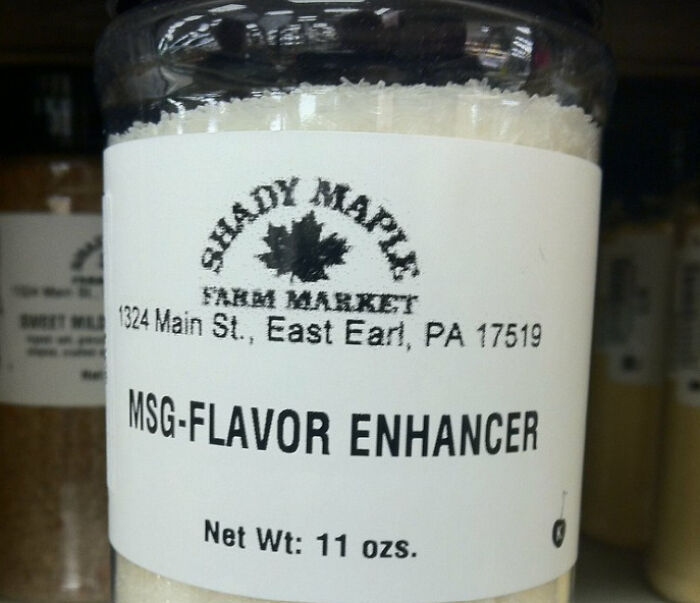
Whole spices. The difference between whole allspice, nutmeg, fennel, pepper, and ground versions is…noticeable!I buy whole and use a mortar and pestle as I go. Fresh flavors definitely pop.
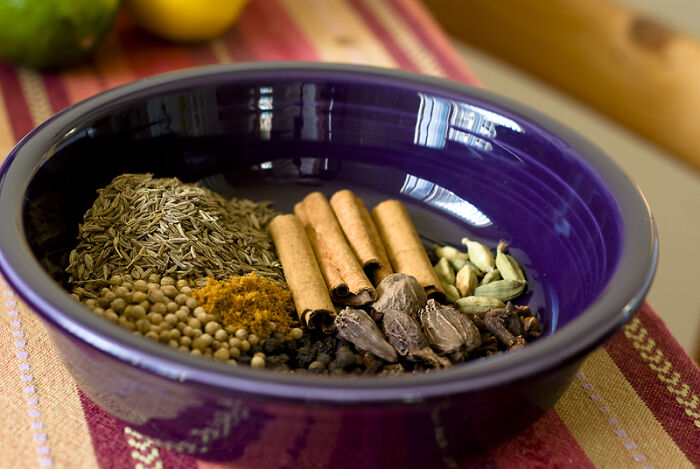
Cayenne pepper-to Enhance flavors. Too many folks assume it is only used to make dishes spicy.
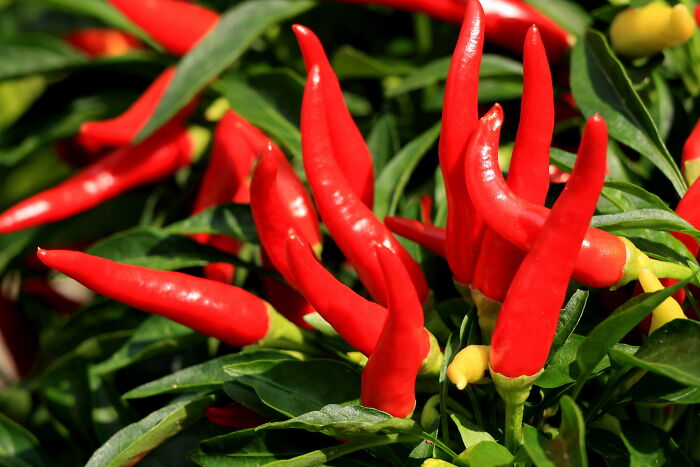
Tomato paste in a tube for steak sauces etc
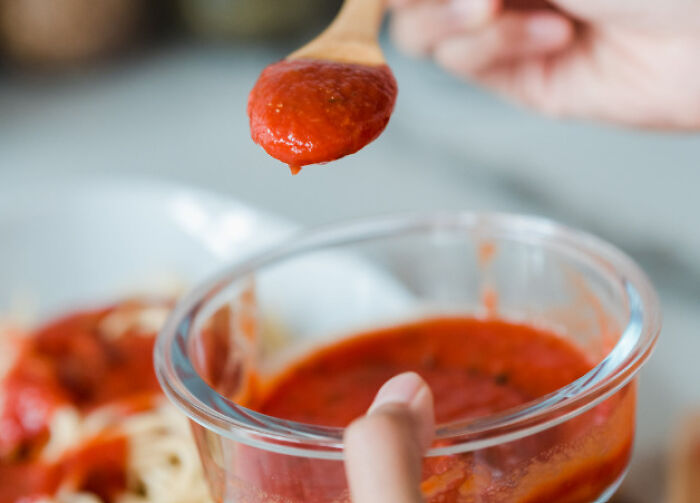
Anchovies. It’s the reason tomato sauces at Italian restaurants always taste so damn good!
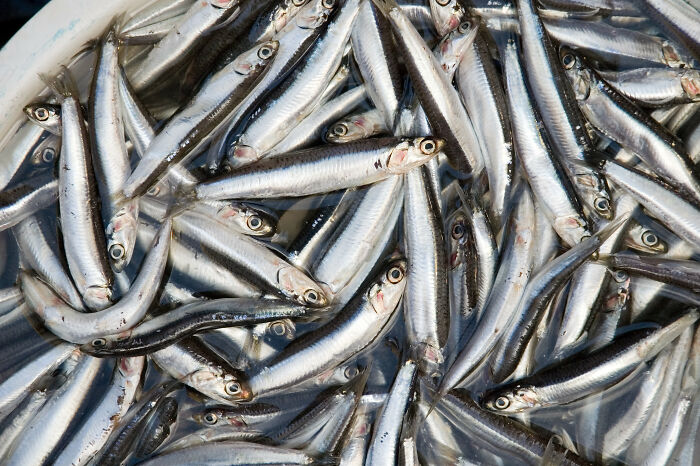
See Also on Bored Panda
Clarified butter
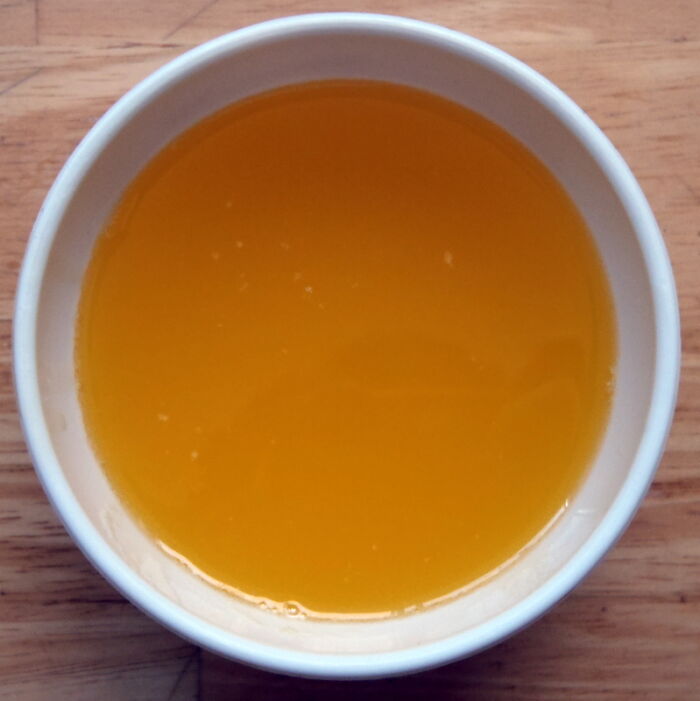
Low water content butter. ( Irish butter, French butter). More expensive but mikes above regular butter. When I was a teen, I worked in a small French resturaunt. Heavy cream and stupid amounts of butter were used. Fresh everything. No cans of anything. Tomato sauce made from bushels of fresh tomatoes every day.
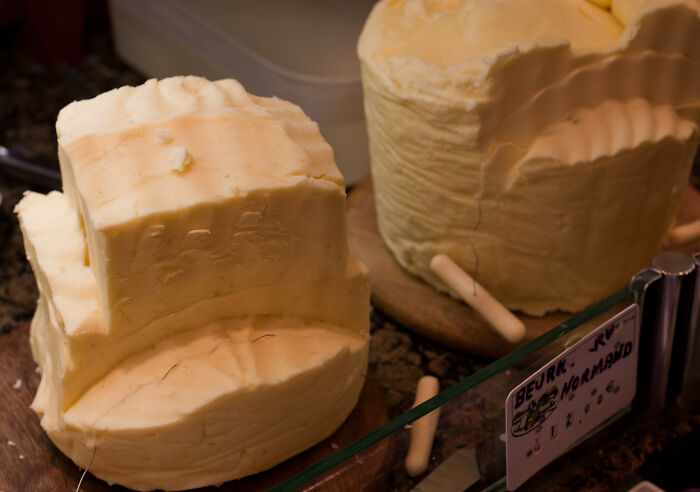
Demi glace
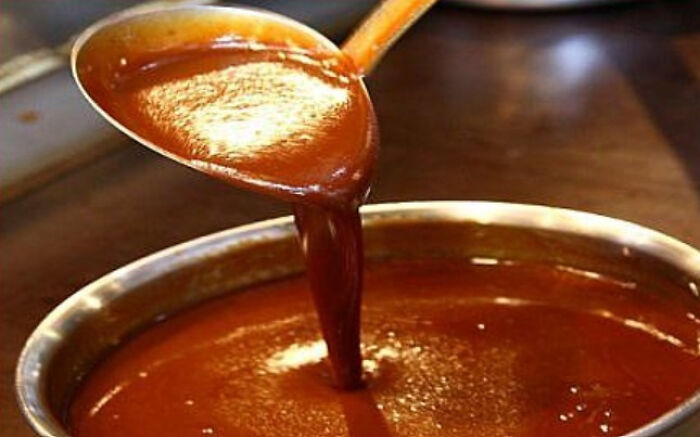
Sumac…….my life changed after trying that with vegetables like onions and carrots in a salad form.

Not really an ingredient, but warm plates. Putting your warm food on a warm plate automatically elevates the atmosphere and doesn’t drain any heat from the food, while also keeping your food warmer for longer.Just put your plate in the microwave for a minute.Edit: For everyone concerned about damaging your microwave - even empty, one minute won’t harm it. 2-3 minutes is still typically going to be fine. Ceramic plates don’t absorb quite as well as food, but they do absorb some, which extends that safe duration even more. But you’re only putting it in there for 1-2 minutes, where you’d be fine even with an empty microwave. The damage comes from parts overheating, so there’s also no risk of damage over time unless you do it repeatedly quite a number of times.If your oven doesn’t have a built-in plate warmer, you can buy standalone ones for under 20$ (a brief price check on google found one for 18$ CAD). Many have said hot water, and that’s also an option, I just prefer a microwave because it’s easier, faster, doesn’t waste water, doesn’t need to be dried off, and my water tends to take several minutes to get hot. But if you’re heating a large stack, a hot water bath maybe even topped off with a boiling kettle will be faster.
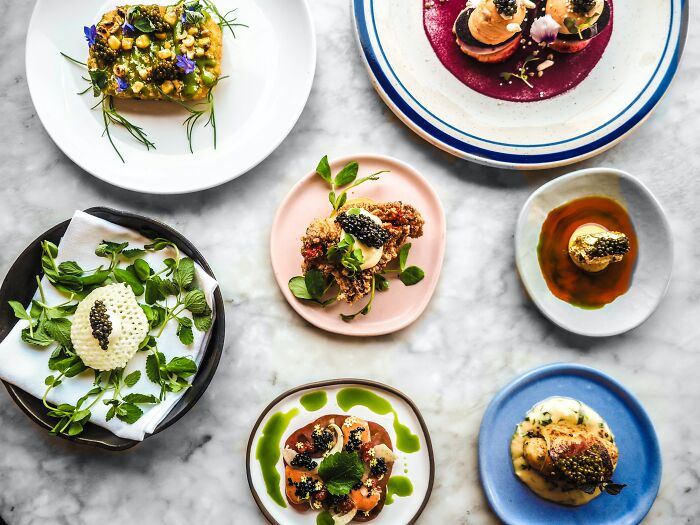
Vinegar
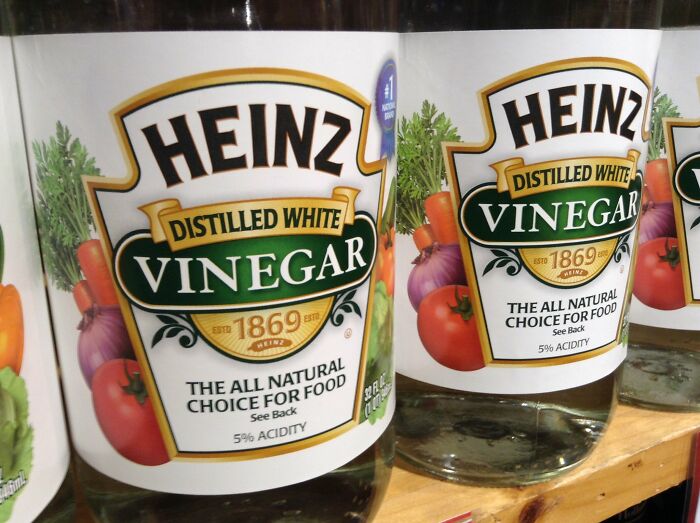
Maldon salt for finishing
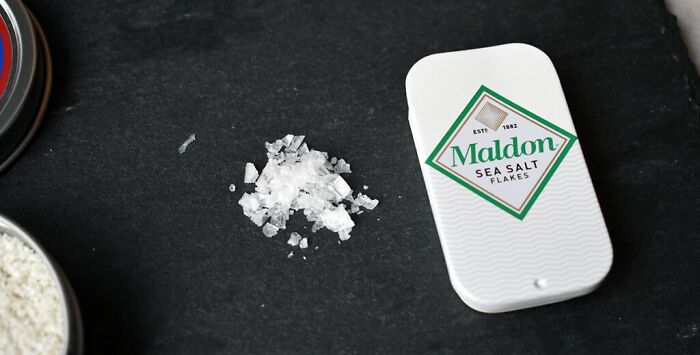
- Vermouth and cognac - who stocks those?- Japanese mayo and the thicker soy sauce (I’m looking at you, SamTheCookingGuy)- Nutmeg in seed form- Cream of tartar- Chives - I’m sorry, can’t we just use the green parts of green onions and chop them up?

Verjus
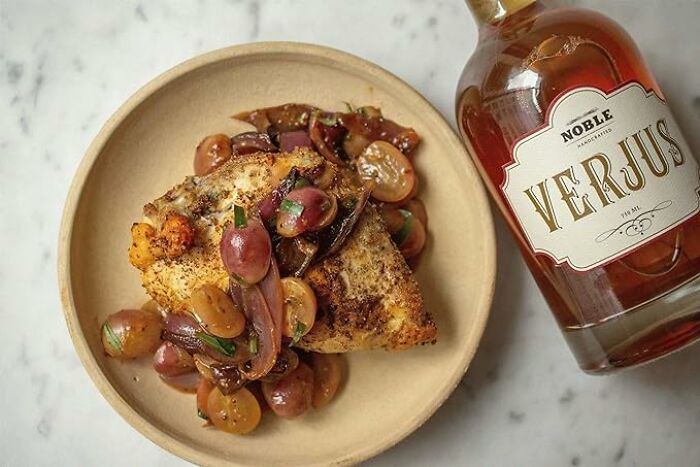
Modal closeAdd Your Answer!Not your original work?Add sourcePublish
Modal close
Add Your Answer!Not your original work?Add sourcePublish
Not your original work?Add sourcePublish
Not your original work?Add source
Modal closeModal closeOoops! Your image is too large, maximum file size is 8 MB.UploadUploadError occurred when generating embed. Please check link and try again.TwitterRender conversationUse html versionGenerate not embedded versionAdd watermarkInstagramShow Image OnlyHide CaptionCropAdd watermarkFacebookShow Image OnlyAdd watermarkChangeSourceTitleUpdateAdd Image
Modal closeOoops! Your image is too large, maximum file size is 8 MB.UploadUploadError occurred when generating embed. Please check link and try again.TwitterRender conversationUse html versionGenerate not embedded versionAdd watermarkInstagramShow Image OnlyHide CaptionCropAdd watermarkFacebookShow Image OnlyAdd watermarkChangeSourceTitleUpdateAdd Image
Ooops! Your image is too large, maximum file size is 8 MB.
Upload
UploadError occurred when generating embed. Please check link and try again.TwitterRender conversationUse html versionGenerate not embedded versionAdd watermarkInstagramShow Image OnlyHide CaptionCropAdd watermarkFacebookShow Image OnlyAdd watermark
Error occurred when generating embed. Please check link and try again.
TwitterRender conversationUse html versionGenerate not embedded versionAdd watermark
InstagramShow Image OnlyHide CaptionCropAdd watermark
FacebookShow Image OnlyAdd watermark
ChangeSourceTitle
Food